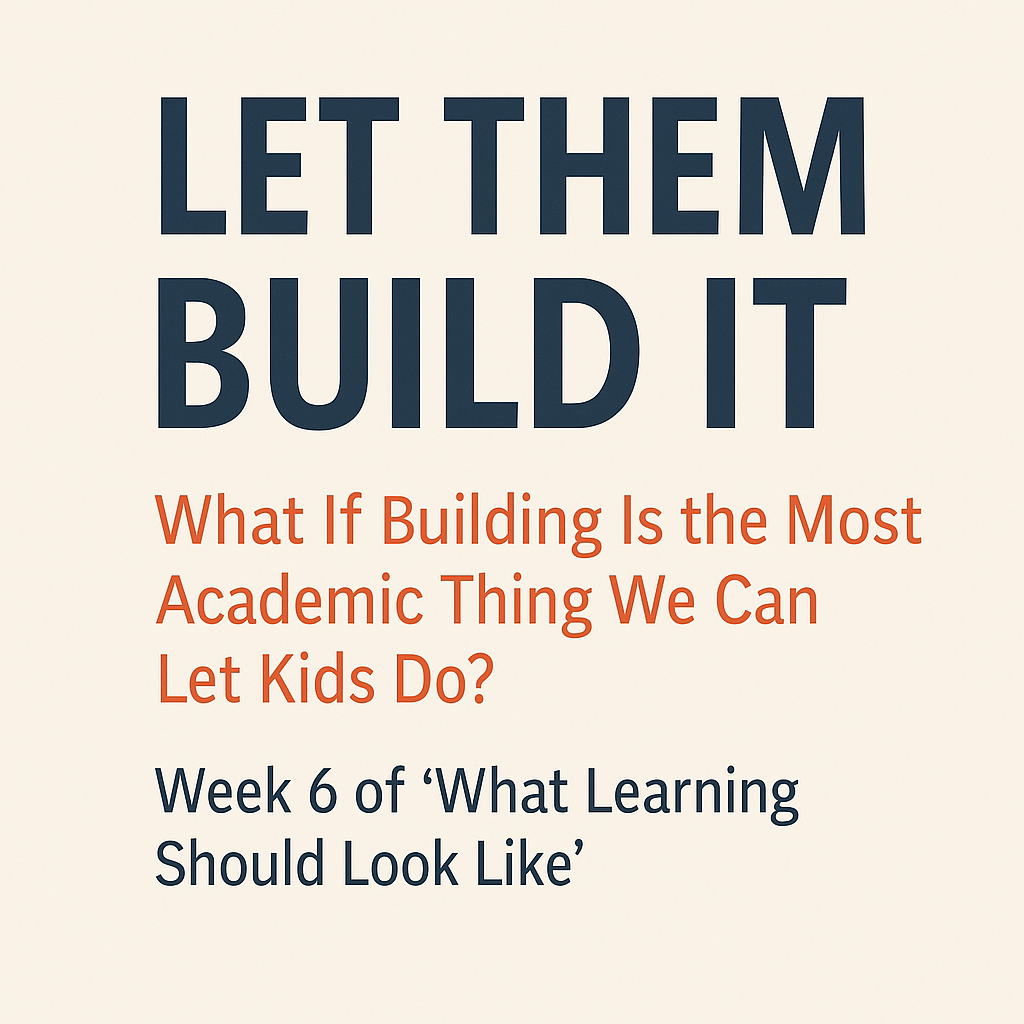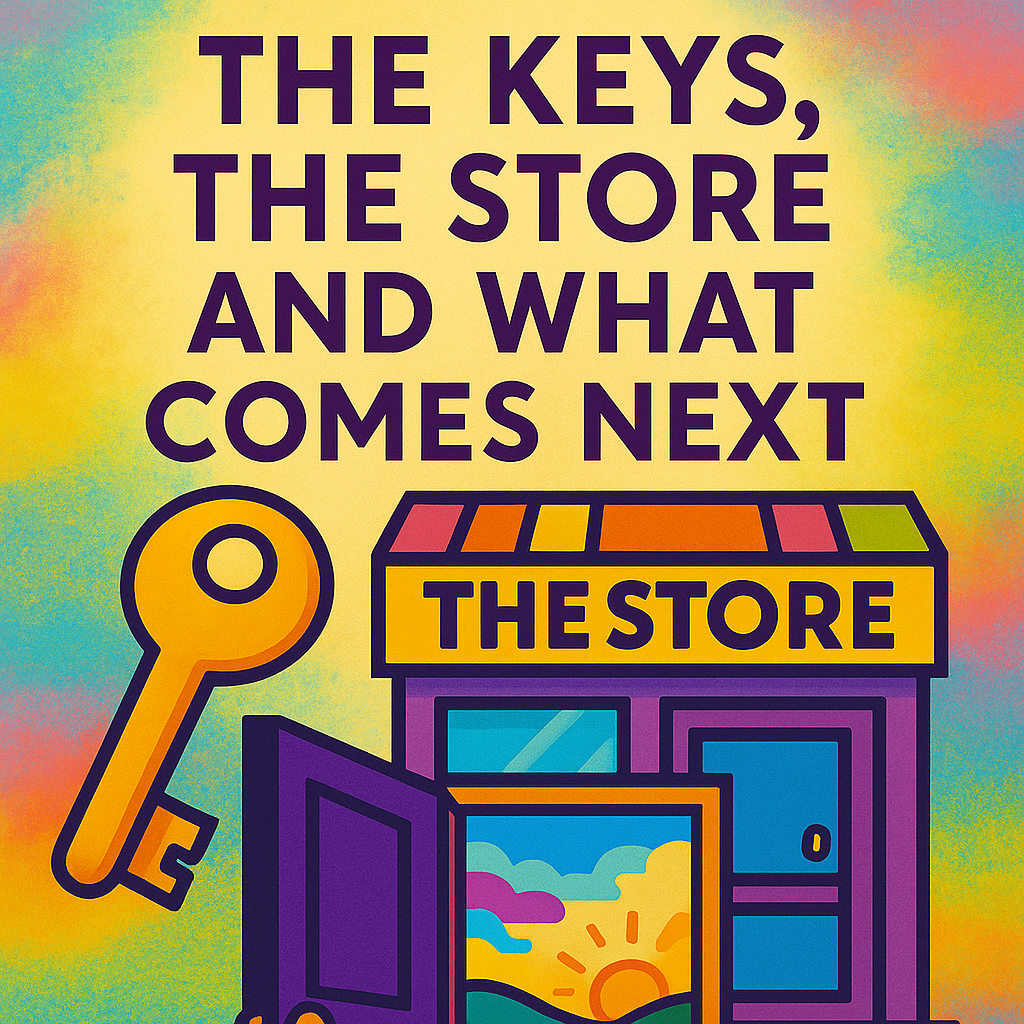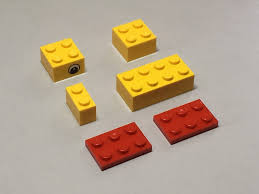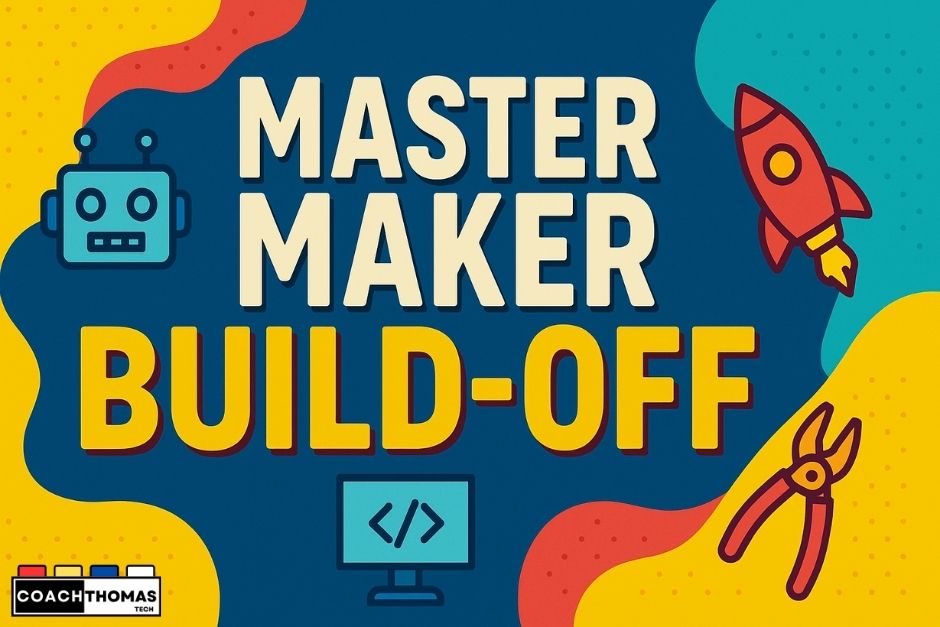There’s a saying that goes, “You can’t make an omelet without breaking some eggs.”
The same can be said about creativity and learning in education. You have to go through the mess and chaos to get to something meaningful.
Just the other day, I had a student working on a battle bot design. Parts were flying. It looked like a junk drawer exploded—everything and the kitchen sink. I walked by and asked, “How is that even going to function?”
They looked at me, smiled, and said, “Just wait.”
And guess what? It worked.
It wasn’t the most aesthetically pleasing creation, but it crushed the competition.
After 32 years in the classroom, I thought I had seen everything. Turns out—not even close. Once again, I was reminded:
When students use their hands, their minds follow.
That’s the disconnect many kids feel in traditional classrooms.
Today, in Week 6 of our series on What Learning Should Look Like, we’re diving into why building—not just metaphorically, but literally—unlocks learning that lasts.
The Engagement Problem in Education
There’s a viral TikTok where a student blurts out, “Just get up and teach them instead of giving them another freaking packet.”
The fact that my 7th graders now use this phrase unironically says a lot.
And honestly? They’re not wrong.
Too many classrooms still rely on the old formula of worksheets, lectures, and “sit and get” instruction. I’m not saying these should disappear entirely—there’s still a time and place for them. But we can’t pretend they work like they used to.
A recent study shows that 54% of students don’t find school engaging. Less than half feel challenged by schoolwork or see it aligning with their strengths. And students not planning to attend college? Even less motivated.
Why? Because passive learning doesn’t stick.
The “sit and get” model lacks active, hands-on engagement. It doesn’t connect learning to relevance, purpose, or experience. And without engagement, retention and skill development fall flat.
I see it every day. Students who “hate” math or English often love STEM. Why? Because it’s active. It’s hands-on. It’s real.
I had one student who struggled terribly with geometry. Worksheets and word problems only deepened his frustration. But in my drawing class, we started working with geometric constructions—and suddenly, it clicked. Doing something with the content made the difference. It wasn’t theory anymore. It was his.
The Power of Hands-On Learning
To fix the engagement problem, we need to embrace more interactive, student-centered approaches—starting with hands-on learning.
This means designing, making, building, and iterating. It means learning through doing.
Students learn best when they’re involved in real tasks:
- Designing experiments
- Running simulations
- Managing projects
- Testing ideas in the field
These activities help students apply concepts in relevant, practical ways—making learning stick. If this sounds familiar, it should. This is how we trained as teachers. It’s how doctors do clinicals, and how electricians, welders, and plumbers learn—through experience.
Educational theorists like Seymour Papert and David Kolb have long supported this. Papert’s constructionism and Kolb’s experiential learning theory emphasize that real learning happens when students build, create, and apply knowledge in context.
Among the benefits:
✔ Better retention
✔ Improved critical thinking
✔ Collaboration
✔ Fun
✔ And a strong sense of ownership
In short: students remember what they build.
They remember how it felt.
They remember the pride of making something work.
That’s what real learning looks like.
Because let’s be honest: When was the last time you learned something valuable while being bored?
Building as Thinking
“When kids build it, they understand it.”
The hands often know what to do—the mind just has to catch up.
In my classroom, we use LEGO bricks constantly. Sometimes it’s part of a project. Other times, it’s just to spark creative thinking.
That physical click of connecting bricks helps create mental connections too. Students gain spatial awareness, essential in math, science, and engineering.
It builds fine motor skills—yes—but more importantly, it supports cognitive development.
When students build, they learn to:
- Recognize patterns
- Visualize structures
- Plan, organize, and iterate
- Strengthen working memory and attention
And perhaps most importantly, they learn to solve problems.
To try. To fail. To revise.
To grow.
These are skills that go far beyond the classroom.
What True Engagement Looks Like
True engagement isn’t about quiet kids completing tasks.
It’s about students being mentally, emotionally, and physically invested.
In an engaged classroom, you’ll see:
- Sketching, building, testing, refining
- Curiosity driving deeper questions
- Movement, collaboration, and yes—even laughter
Engaged students don’t just follow instructions. They take ownership. They care—not for a grade, but because it means something to them.
And the noise? That’s the sound of learning.
As my dad always said, “Where’s the fun in that?”
Call to Action: Let Them Build
As we head into the final stretch of the school year, I want to leave you with a simple challenge:
What can your students build this week?
It doesn’t have to be complicated or time-consuming.
Start small. Tweak something you’re already doing.
Turn a worksheet into a model. Turn a review activity into a design challenge.
Use what you have—cardboard, paper, tape, LEGO bricks, craft sticks.
The material doesn’t matter nearly as much as the mindset.
Because when we let students build, they build more than just projects…
They build confidence.
They build curiosity.
They build themselves.
👇 I’d love to hear what your students build.
Try something this week—and share your results with me on social media using #WheresTheFunInThat or tag me @coachthomastech.
Let’s build better learning, together.
Disclaimer This content was originally written by the author. AI was used solely for editing, formatting, and refining the structure to enhance clarity, readability, and flow. No AI-generated content was used in the creation of ideas or original writing.



